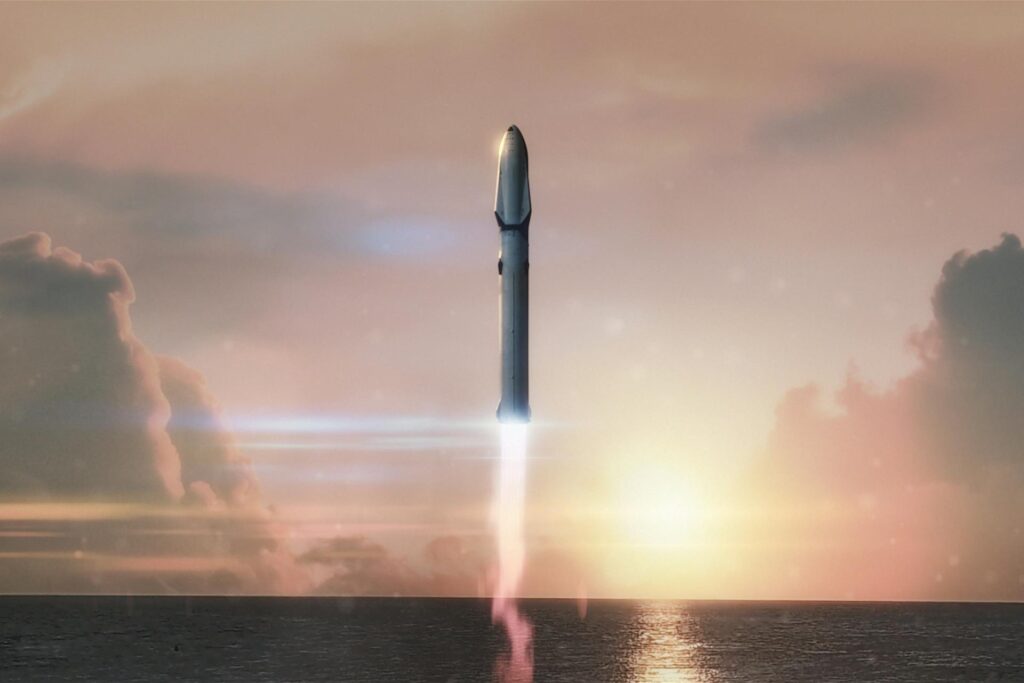Introduction: The Rise of Floating Nuclear Plants
Energy demands around the world are changing. As the global population grows, the need for clean and reliable power sources becomes even more urgent. Traditional power grids, dependent on fossil fuels, can no longer meet the world’s needs. Renewable sources like wind and solar face limitations, especially in remote regions where infrastructure is sparse. Floating nuclear power plants are stepping in to fill these gaps.
These plants use nuclear reactors mounted on ships or platforms. They are ideal for areas with limited infrastructure or difficult terrain. Russia’s Akademik Lomonosov, the world’s only operational floating nuclear plant, recently reached a major milestone. It generated a record 1 billion kWh of electricity before needing a refuel. This achievement highlights floating nuclear plants as a promising, sustainable energy solution.
This blog explores the Akademik Lomonosov’s milestone, the technology behind floating nuclear power, and the future of energy production.
What is a Floating Nuclear Power Plant?
Floating nuclear power plants (FNPP) are essentially mobile energy sources. These plants house nuclear reactors on ships or platforms. They differ from traditional land-based reactors, which rely on extensive infrastructure. Floating plants, by contrast, can be deployed on bodies of water, offering a flexible solution for energy production.
These plants can be moved to different locations based on energy needs. This is especially valuable in areas with harsh climates or limited infrastructure. Floating nuclear plants produce both electricity and district heating, making them perfect for regions where heating is just as important as power.
The Akademik Lomonosov: A Game Changer
Russia’s Akademik Lomonosov represents a major step forward in nuclear technology. It began commercial operations in 2020, becoming the world’s first floating nuclear plant used for commercial energy production.
Design and Capacity
The Akademik Lomonosov uses two KLT-40S reactors, each with a capacity of 35 megawatts (MWe), for a total output of 70 MWe. This energy supplies electricity and heat to surrounding areas, making the plant versatile.
The KLT-40S reactors are based on the same design used in Russia’s nuclear-powered icebreakers. These reactors are compact, efficient, and reliable, making them ideal for use in a floating power plant.
Its Role in Pevek’s Energy System
The Akademik Lomonosov provides electricity and heating to the remote town of Pevek and the surrounding Chaun-Bilibino energy hub. It supplies about 60% of the region’s energy. This reduces the area’s dependence on coal and diesel.
Before the Akademik Lomonosov, the region relied heavily on fossil fuels. These fuels were costly and contributed to carbon emissions. Now, the floating plant offers a cleaner, more reliable alternative.
A Milestone in Energy Production
In January 2025, the Akademik Lomonosov achieved a major milestone. It generated 1 billion kWh of electricity before requiring a refuel. This is a remarkable accomplishment for a floating nuclear plant, as most reactors typically require refueling every couple of years.
Why 1 Billion kWh is a Big Deal
Generating 1 billion kWh without needing a refuel is a significant achievement. This shows the plant’s high efficiency and long-term viability. It suggests that floating nuclear plants can reliably meet energy needs for extended periods without interruption.
The Technology Behind Floating Nuclear Power
The Akademik Lomonosov’s success is due to advanced nuclear reactor technology and marine engineering.
KLT-40S Reactors
The KLT-40S reactors used in the Akademik Lomonosov are pressurized water reactors (PWRs). They use water to cool the reactor and slow down neutrons. These reactors are compact, making them ideal for floating plants. They also have long operational lives, reducing the need for frequent maintenance.
Energy Production and Heat Distribution
In addition to generating electricity, floating nuclear plants like the Akademik Lomonosov also provide district heating. This is especially valuable in colder climates. The Akademik Lomonosov’s ability to supply both power and heat makes it an essential energy source for Pevek.
Why Floating Nuclear Power is the Future
The Akademik Lomonosov’s success suggests that floating nuclear plants could become an important part of the global energy mix. These plants are particularly useful in remote areas, where land-based infrastructure is difficult or too expensive to build.
Advantages of Floating Nuclear Power
- Portability: Floating plants can be relocated to different areas as needed.
- Reduced Infrastructure Costs: These plants don’t require extensive land-based infrastructure.
- Environmental Benefits: Floating nuclear plants have minimal carbon emissions compared to fossil fuels.
Challenges to Overcome
Despite the advantages, floating nuclear plants face several challenges. Safety concerns are paramount, especially in harsh maritime environments. Environmental impacts and the high initial costs of building floating nuclear plants are other hurdles. Additionally, the technology is still in its early stages, and widespread adoption will take time.
What’s Next for Floating Nuclear Plants?
The success of the Akademik Lomonosov lays the foundation for future floating nuclear plants. These future plants may be larger, more efficient, and capable of powering entire cities or regions. As countries seek sustainable energy solutions, floating nuclear plants could become more common.
Conclusion: The Future of Floating Nuclear Power
The Akademik Lomonosov’s achievement of generating 1 billion kWh of electricity before requiring a refuel is a major milestone. This floating nuclear power plant has provided reliable, clean energy to the Chukotka region, replacing fossil fuels and reducing carbon emissions.
Floating nuclear plants like the Akademik Lomonosov have the potential to play a significant role in the future of global energy production. While there are still challenges to overcome, the technology has proven itself to be both efficient and reliable. As the world seeks cleaner, more sustainable energy sources, floating nuclear power plants could help meet the growing demand for energy in remote and underserved regions.
FAQs
1. What is a floating nuclear power plant?
A floating nuclear power plant is a nuclear reactor mounted on a ship or platform. It generates electricity and district heating, providing power to remote or underserved regions with minimal land-based infrastructure.
2. How does the Akademik Lomonosov contribute to Russia’s energy needs?
The Akademik Lomonosov supplies about 60% of the energy needed by the remote town of Pevek and the surrounding Chaun-Bilibino hub. It provides both electricity and heat, replacing coal and diesel energy sources.
3. What is the significance of generating 1 billion kWh before refueling?
Generating 1 billion kWh before requiring a refuel demonstrates the high efficiency and reliability of floating nuclear plants. It shows that they can provide consistent energy for extended periods without needing frequent maintenance.
4. What are the advantages of floating nuclear plants?
Floating nuclear plants offer portability, reduced infrastructure costs, and environmental benefits, such as minimal carbon emissions, making them ideal for use in remote or difficult-to-reach regions.
5. What challenges do floating nuclear power plants face?
Despite their advantages, floating nuclear plants face challenges like safety concerns, environmental impacts, high initial construction costs, and the need for further technological development before they can be widely adopted.
Related Video
Watch this video for more details.



